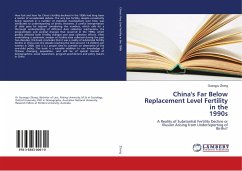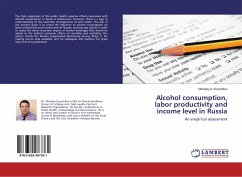How fast and how far China's fertility declined in the 1990s had long been a matter of considerable debate. The very low fertility, despite consistently being reported in a number of statistical investigations over time, was attributed to underreporting of births. However, a careful interpretation of data goes far beyond considering the numbers, which calls for a thorough understanding of different data collection mechanisms, the programmatic and societal changes that occurred in the 1990s, which greatly affected both fertility changes and data collection efforts. After undertaking a systematic analysis of fertility data collected during the past two decades, this book concludes that it was a reality of substantial fertility decline in China over the decade reaching the level around 1.6 children per women in 2000, and it is a proper time to consider an alternative of the one-child policy. This book is a valuable addition to our knowledge of Chinese changing population, and will be of special interest of demographers, social researchers, program practitioners and policy makers in China.
Bitte wählen Sie Ihr Anliegen aus.
Rechnungen
Retourenschein anfordern
Bestellstatus
Storno








